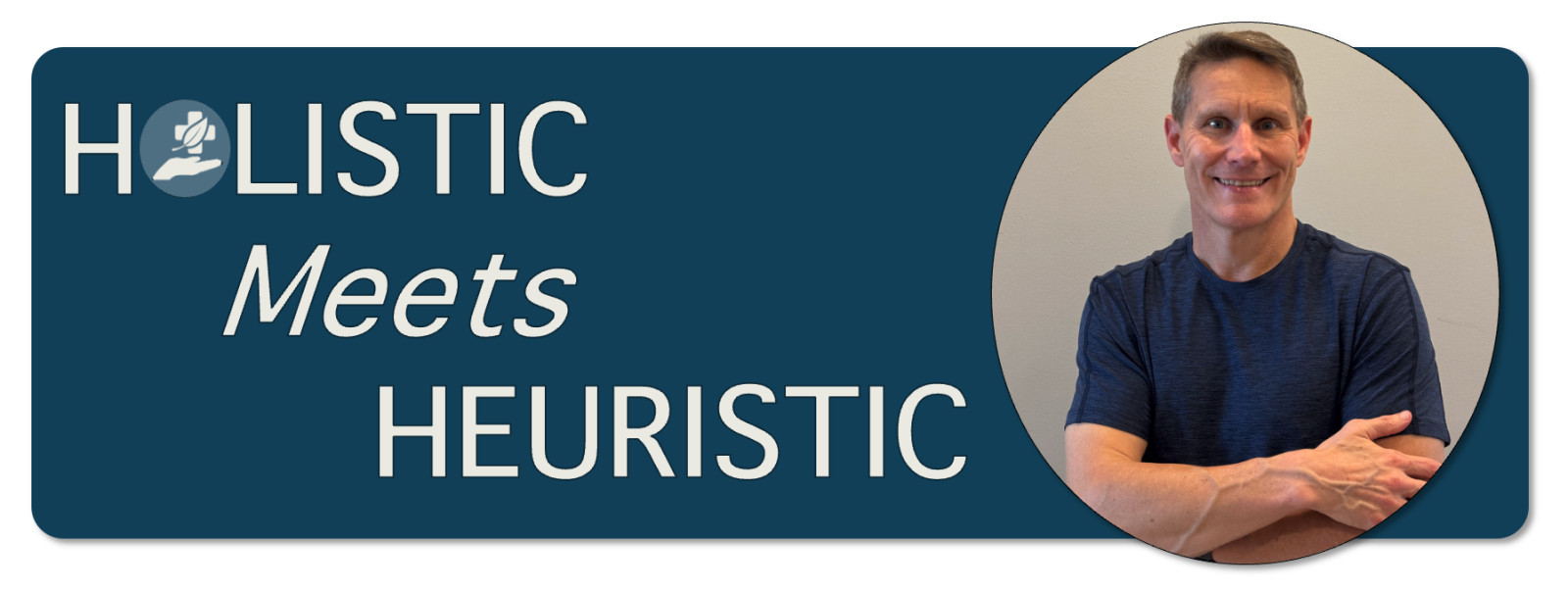
Health and wellness coaching can have a significant impact on people’s lives. It’s important to get it right.
Not perfect. I mean, who is? And how would you even define ‘perfect’
But you can’t freestyle it. You definitely don’t want to wing it.
Here’s where my kitbag comes into play. Yeah, kitbag. I can’t seem to shake all my Army habits. Anyway, in my kitbag, I have the tools I need to lead health and wellness coaching sessions that promote action, self-efficacy, and confidence (remember these from this post?).
If action, self-efficacy, and confidence are the destination, what’s the path look like to get there? The path I create in my sessions can be broken down into four stages. The tools I select from my kitbag help me guide clients through the four stages.
Now, before I lay out the four stages, let’s start at the beginning of a coaching session. I mean, the VERY beginning. Like, when I start to work with a client for the very first time. I begin with an overview of what coaching is. I’ll explain it something like this:
We spend large parts of our days with our thoughts all knotted up like a tight ball of yarn. And why wouldn’t we, with everything that’s thrown at us? All of our interactions, and a near-continuous stream of information. Who knows where one thought starts and another ends these days… Coaching is a way to loosen up those knots. As the knots are relaxed, we can start to tell how a single strand travels. Our thoughts are the strands, and, once loosened, we can pick individual thoughts and explore them individually and uncover their meaning.
This description usually works really well. Sort of an ah-ha before we start a session.
Once my client and I are clear with the starting point, we can move forward on the path toward our destination. The four stages that will get us there are engaging, exploration, focus, and action. I’ll explain what each stage is and some of the coaching tools that I use to bring it to life.
Engaging
The purpose of the first stage is to co-create the relationship with the client. It’s critical that trust and intimacy be created from the start for the rest of the coaching relationship to work.
If I’m working with a new client, I’ll start by explaining what health and wellness coaching is and answering any questions they have. Then, I’ll spend a little time getting to know what they know about their health and wellness situation. It’s important to understand how they’re interpreting what their doctor has said and what they think is going on with their health based on any research they’ve started. Clarity here serves to sharpen goal formation later.
If I’m working with a client who’s back for their next session, I engage by asking how things have been going since our last session. This lets me praise progress made and get a sense of where they are today, how they’re feeling.
If I’ve been working with this client for a little while, I’ll use this time to note any changes in their energy. I’ll ask for some details about the change so we both can be on the lookout for anything that may distract from our session. It’s important to bring changes in energy out into the open and acknowledge them as soon as possible. As a coach, I won’t fix whatever is going on, but just recognizing the change in energy brings relief and transparency to accommodate an effective session.
In this first stage, my primary tool is a summary reflection. I use summary reflections to ensure clients know they’re heard and to confirm my understanding of what the client is saying. A client might say early in a session, “What a crazy day, I can’t believe my boss made me stay at work late again. I might reply with, “Today felt overwhelming.” This helps the client to feel heard and, hopefully, understood. And if overwhelmed isn’t the right way to describe the client’s day, they’ll usually reply with more context to clarify what’s actually going on. Clarity is key. And the only way to get to clarity is through transparent communication.
Exploration
Exploration is the stage during which I start to discover what my client’s goal is for the session. I’ll work with them to get this as specific as possible. As a rule, specificity is key to growth, and for coaching, getting specific here helps later when we work toward action steps.
Asking open-ended questions, one tool I have, helps ensure that I’m not leading my client in any particular direction. Closed-ended questions tend to communicate assumptions I’m making. If I assume my client is going in a particular direction and I’m wrong, it takes time out of the session to backtrack and get refocused on the true issue at hand.
When I first started coaching, I was surprised by how often my clients didn’t have a clear goal coming into a session. This was just my inexperience. I quickly realized I needed a tool to help clarify what we will specifically focus on. Another rule: one session = one goal. So I created my own form of a tool called agenda mapping. This provides a way to find focus on what is most important now. Further, my modifications to the tool help me capture some of the assorted thoughts the client shares. Not so we try to work through them all in that session. There’s no way. But so the thoughts don’t become distractions to the process. If the thoughts are captured in the tool, the client doesn’t need to focus on all of them anymore, just the thoughts that pertain to the session.
Another tool I have is brainstorming. This isn’t the same brainstorming exercise I learned in my consulting work. Brainstorming in health and wellness coaching is client-led, but with some parameters added to keep us focused. The ideas that emerge from the exercise will be targeted toward their goal. I’ll ask my client how many ideas they want to come up with. It doesn’t matter who starts, but the client is an active participant in the process. The key to brainstorming in coaching is that it is my client who identifies which idea best applies to what we’re exploring.
People love spending time in the ‘exploration’ part of coaching. We don’t get to expand our minds with another human being enough, and let’s face it, there’s always so much to explore. But remember, I’m here to land on an action that takes my client in the direction of their goals. This is where the focus stage comes in.
Focus
The Focus stage is when I start to shift away from working with my client to identify their goal and move the conversation toward an eventual action. My two favorite tools are bottom-lining and scaling questions.
Bottom-lining helps me focus my client’s thoughts when they are a bit scattered. I’m not being harsh on scattered thoughts. After all, we just spent time exploring a bunch of thoughts. But, it’s time to get focused. And I know there’s some work to do if I hear, "I want to eat better, exercise more, sleep earlier, reduce stress, drink more water..." To focus, without adding what I think, I might say something like, “Which one of these, if you achieved it, would make the biggest difference in your life right now?" This keeps the client in the driver’s seat when it comes to driving the session but helps us narrow down the options on focus areas.
Scaling questions is a two-part process. I’ll first ask a client where they are on a particular subject on a scale. Then I’ll ask why they didn’t pick a lower number. This allows them to focus on the positive reasons why they went with a higher number. So, if they rated themselves as a seven (1 is poor, 10 is great) when asked about their nutrition habits, I’d ask, “Why didn’t you rate yourself as a six? They may respond with, “Well, I eat healthy four out of seven days a week.” The focus shifts to the positive and gives us a place to start to get them closer to where they want to be.
Now we’re ready to move into the decisions that get my client closer to achieving the goal they came up with earlier.
Action
Here’s where the kitbag expands to a duffel bag. There are many tools to help shape action. As a coach, I’m not directing the action that my client will take to move them closer to their goal. What I am doing is facilitating a conversation about that action. Like I did in the Focus phase, I’ll stick to a couple of my favs.
Visualization is a fun tool. Here, I’m guiding a client through what the action of achieving their goal looks like. I like to go a step further and dig into how it feels as well. Like a few tools we’re talking about here, I ask permission first before jumping into a visualization exercise. I’ll say something like, “To help shape the action into more specific steps, a visualization exercise may be helpful. What are your thoughts on trying this?” Never force a technique on anyone, even if you think it’s the best way forward. There is always an alternative way to move a session forward that meets the client’s needs and is comfortable for the client. Visualization is fairly straightforward but requires a little time to allow my client to relax, get to a place mentally to imagine the situation, and then return to the present. Afterward, I’ll ask about their experience going through the exercise and their key takeaways. We’ll use those takeaways to move forward on action steps.
Accountability planning is a tool I always use in a session. The purpose of accountability planning is to spend time toward the end of the session looking at what could go wrong. Okay, that sounds worse and less positive than I intended. But let’s be frank. There’s usually something that gets in the way of us meeting our goals. So, let’s identify those speed bumps up front and ahead of time. And, while we’re at it, we’re going to spend some time thinking through how we’re going to get over those speed bumps.
And that’s it. That’s the session. Now you know more about how I lead a client through a coaching session. Well, mostly. It still takes A LOT of practice. I had to learn how to read the situation, pick up on non-verbal cues, and manage our time effectively so my client gets what they need. These techniques have also greatly benefited me in my personal and other professional relationships. You’re probably already imagining how you might be able to use some of these tools in your everyday relationships and communications. I hope you are.
In my next newsletter, I’ll talk about what sets health and wellness coaching apart from ‘life coaching’. Many people will try to cluster these together. While there are similarities, my primary focus is on the health and well-being of my clients, and I strive to align their goals with their specific health and wellness needs.
Talk soon.
Chris
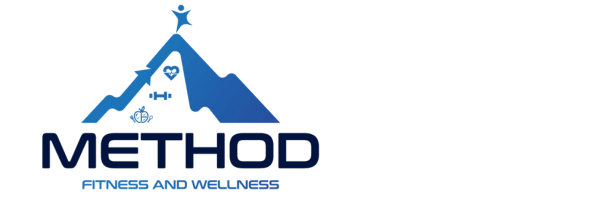
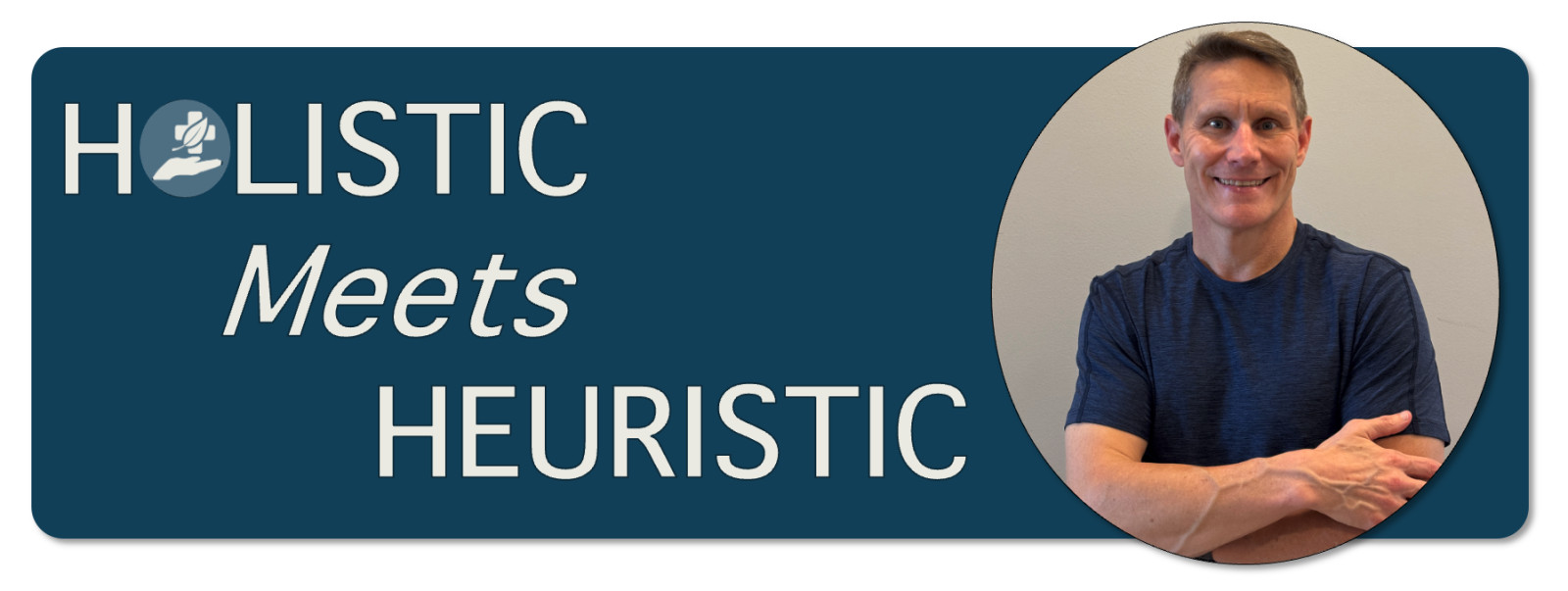
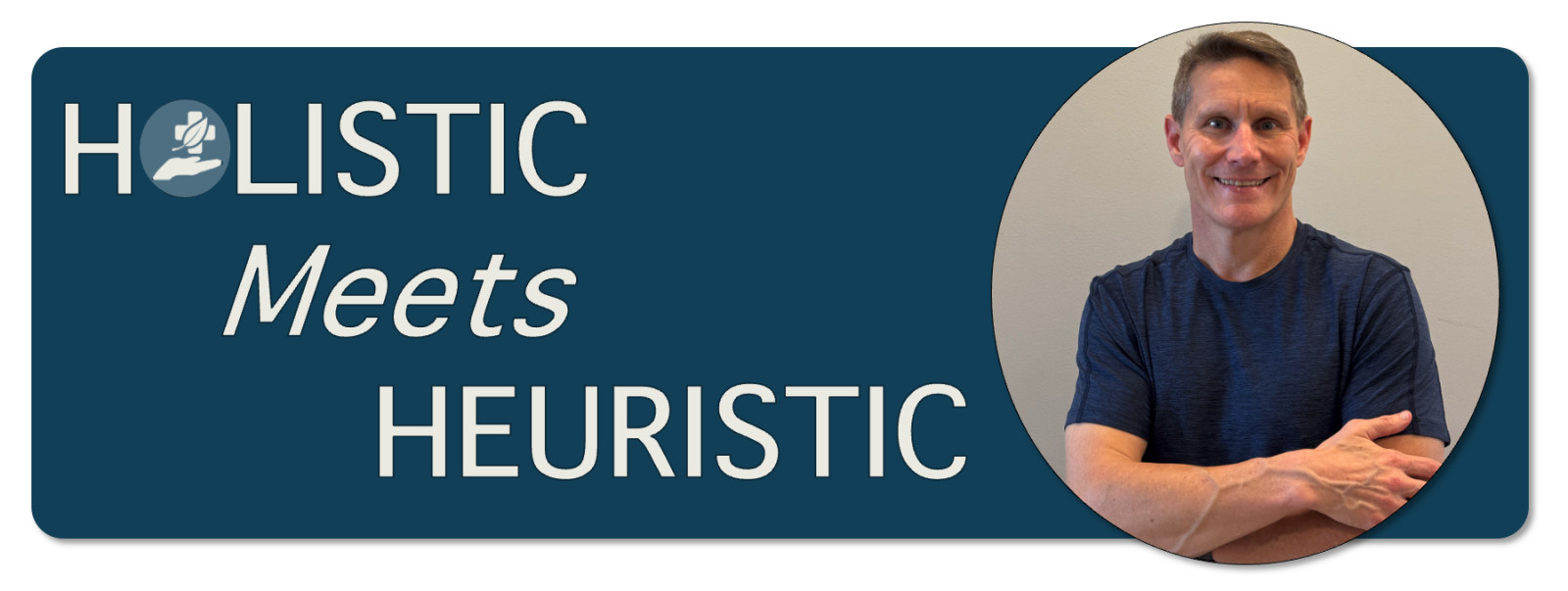
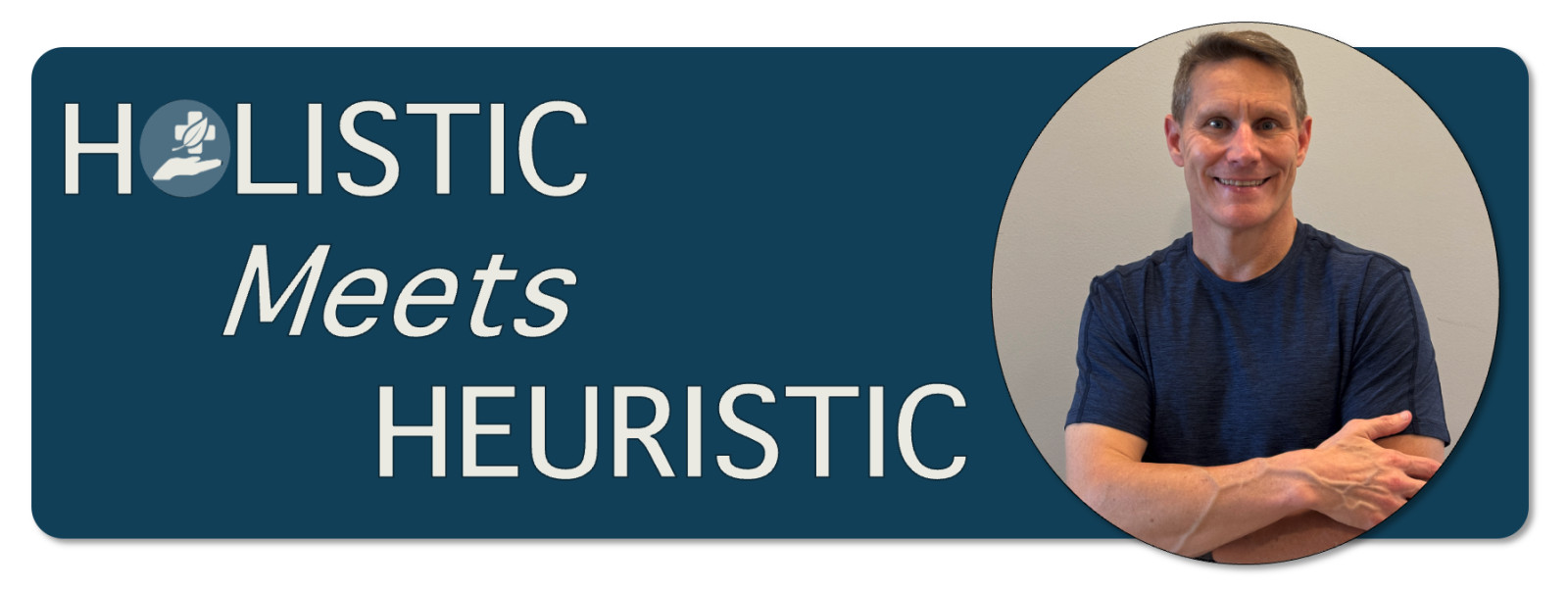
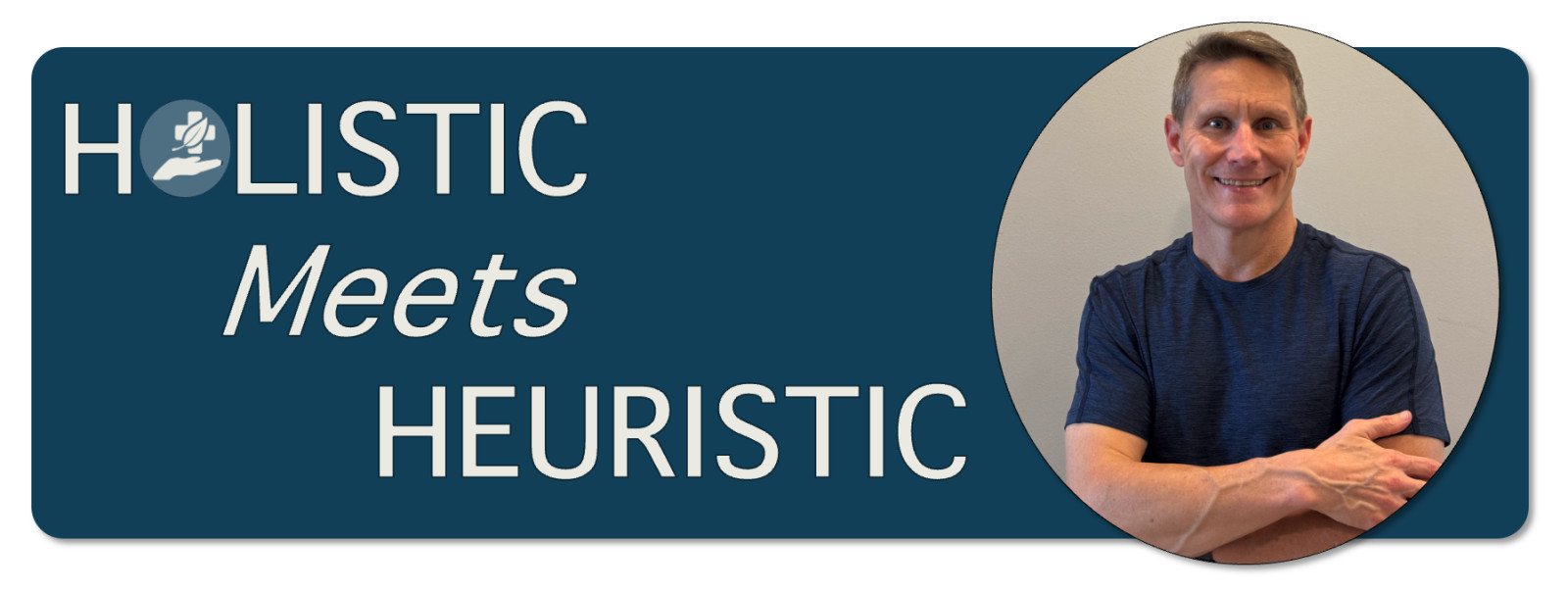
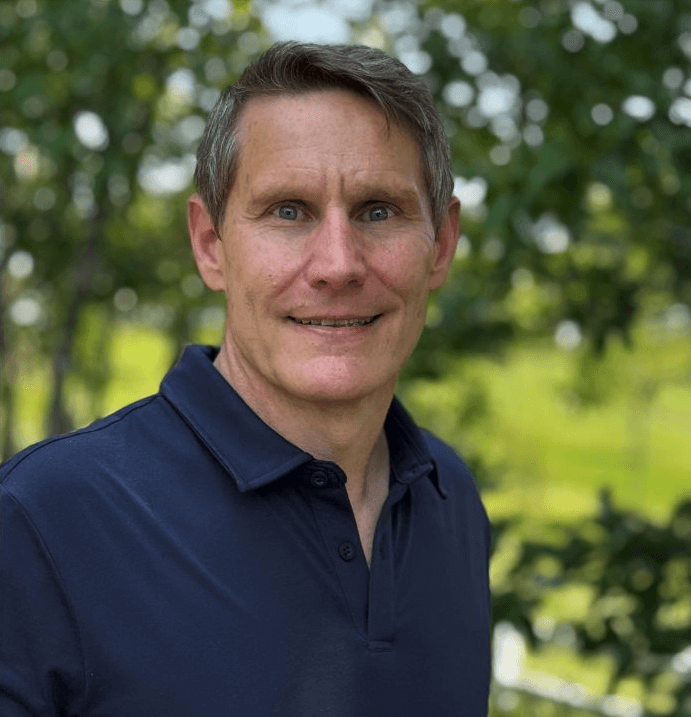
0 Comments